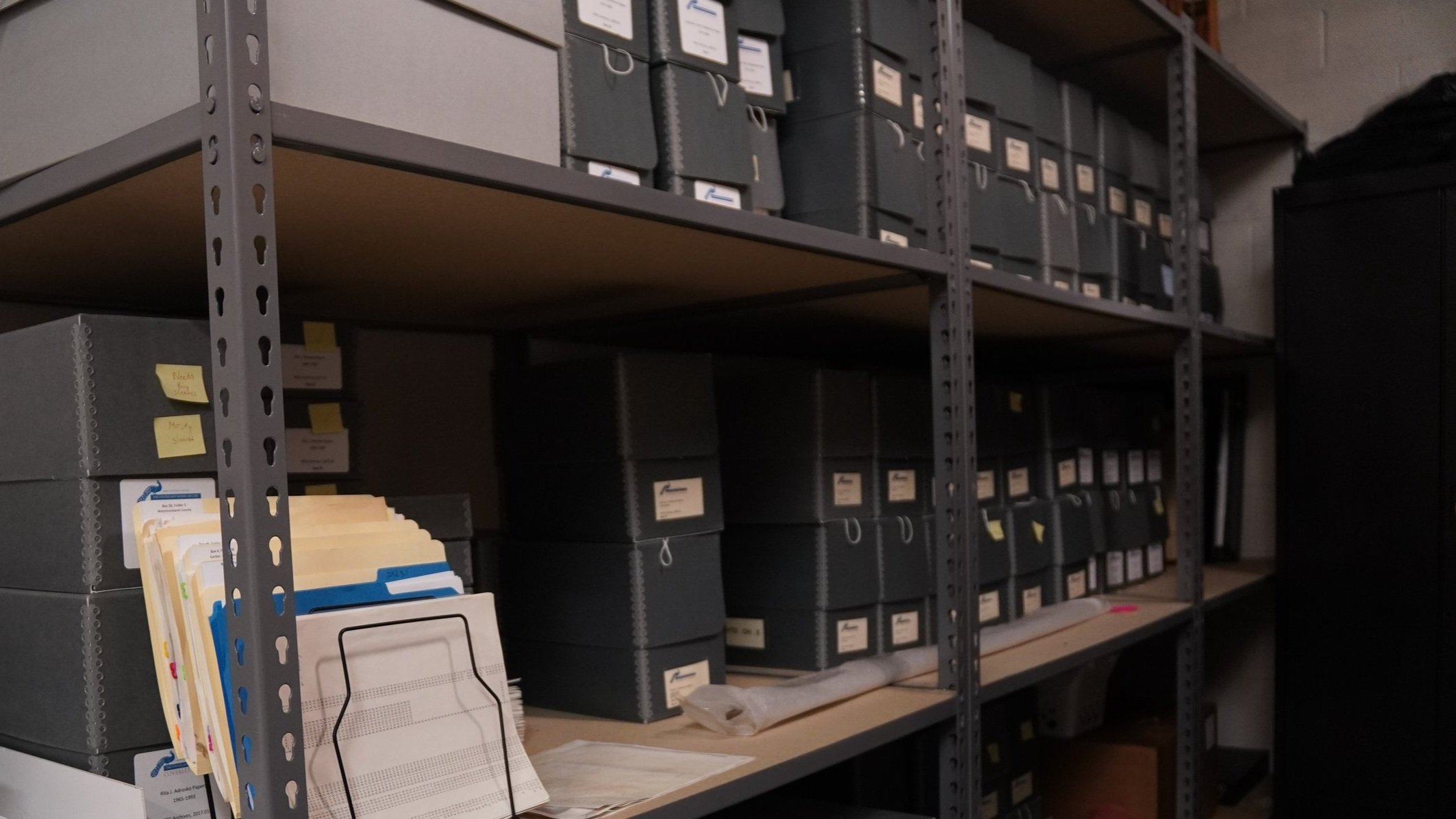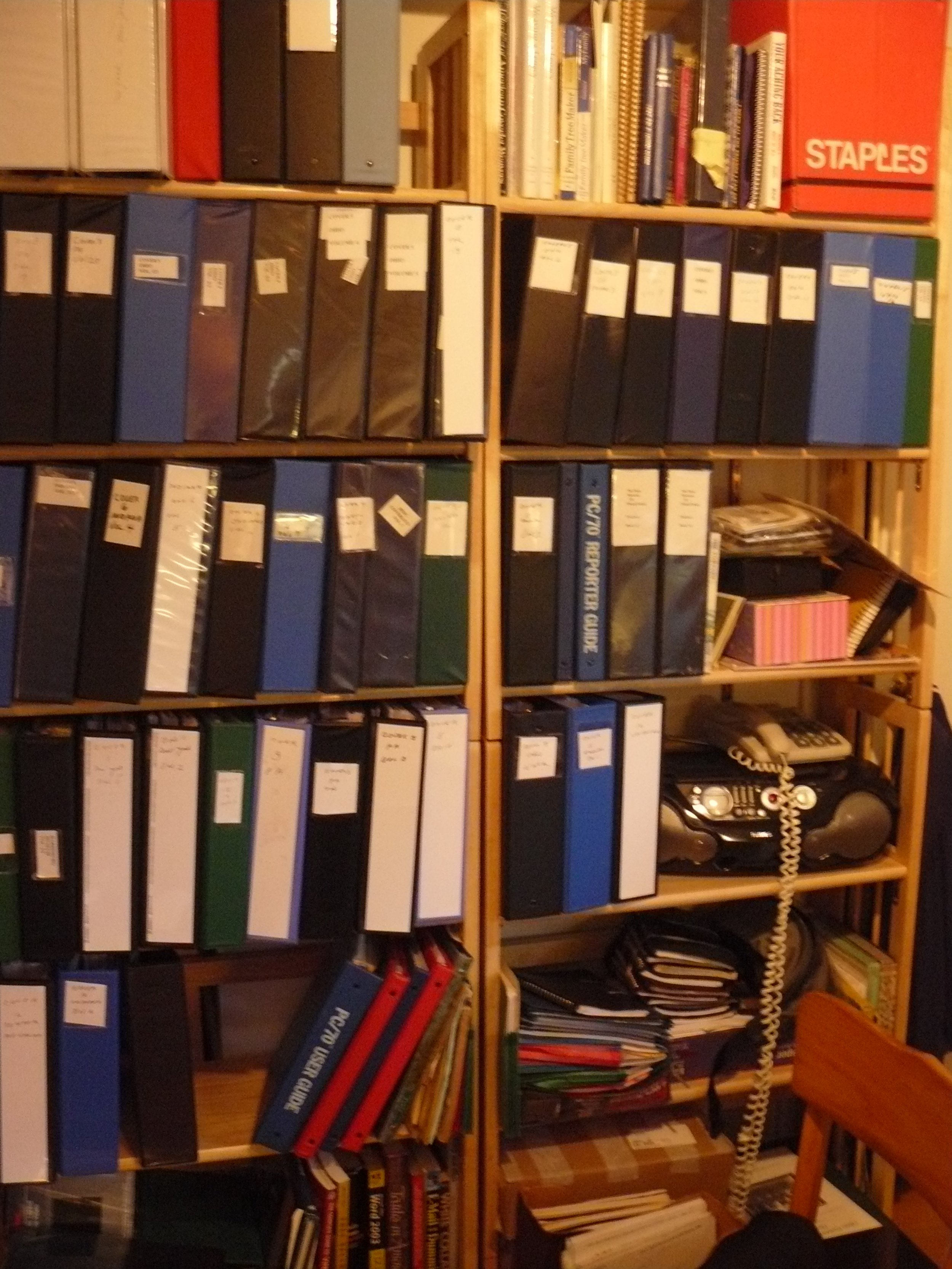
Research & resources
The Coverlet Index
The Coverlet Index originated as an effort to create a “field guide” to the commonly recurring motifs and patterns in figured & fancy coverlets. Now it also includes weaver biographies and more.
Read more here.
Visit The Coverlet Index (external link).
Coverlet Documentation Project
An initiative to create an open-access digital repository of images and information about coverlets in collections across the country.
Learn more here.
View the coverlets in our online collections - all folders labeled “CDP” (external link).
Coverlet Database
In 1986, Katherine Hawthorne and Clarita Anderson embarked on an endeavor to document Jacquard-woven coverlets. They amassed a database of over 14,000 textiles, which today we have expanded to 20,000 coverlets and counting.
Read more here.
Visit the database on GoogleSheets (external link).
Archives & Special Collections
The McCarl Gallery houses the personal research collections of Clarita Anderson, Katherine “Kay” Hawthorne, and Rita J. Adrosko.
Click here to read about the archives and access the finding aids.
Where can I learn more?
Where can I visit more?
An extensive list of coverlet collections has been created during the course of compiling and expanding the coverlet database and pattern index. We have turned that list into a map, to give a better idea of where these collections exist in the real world. Be sure to zoom out and explore - there are several on the west coast!
Have a collection or site to add to the list? Please send your addition(s) to emily.barth@stvincent.edu.




